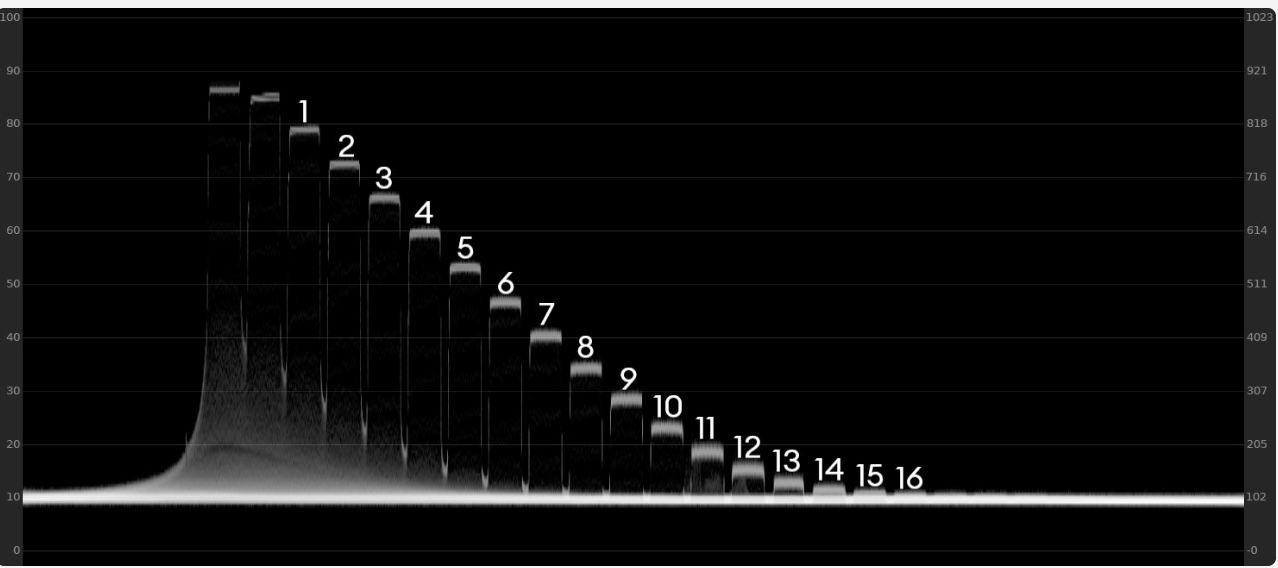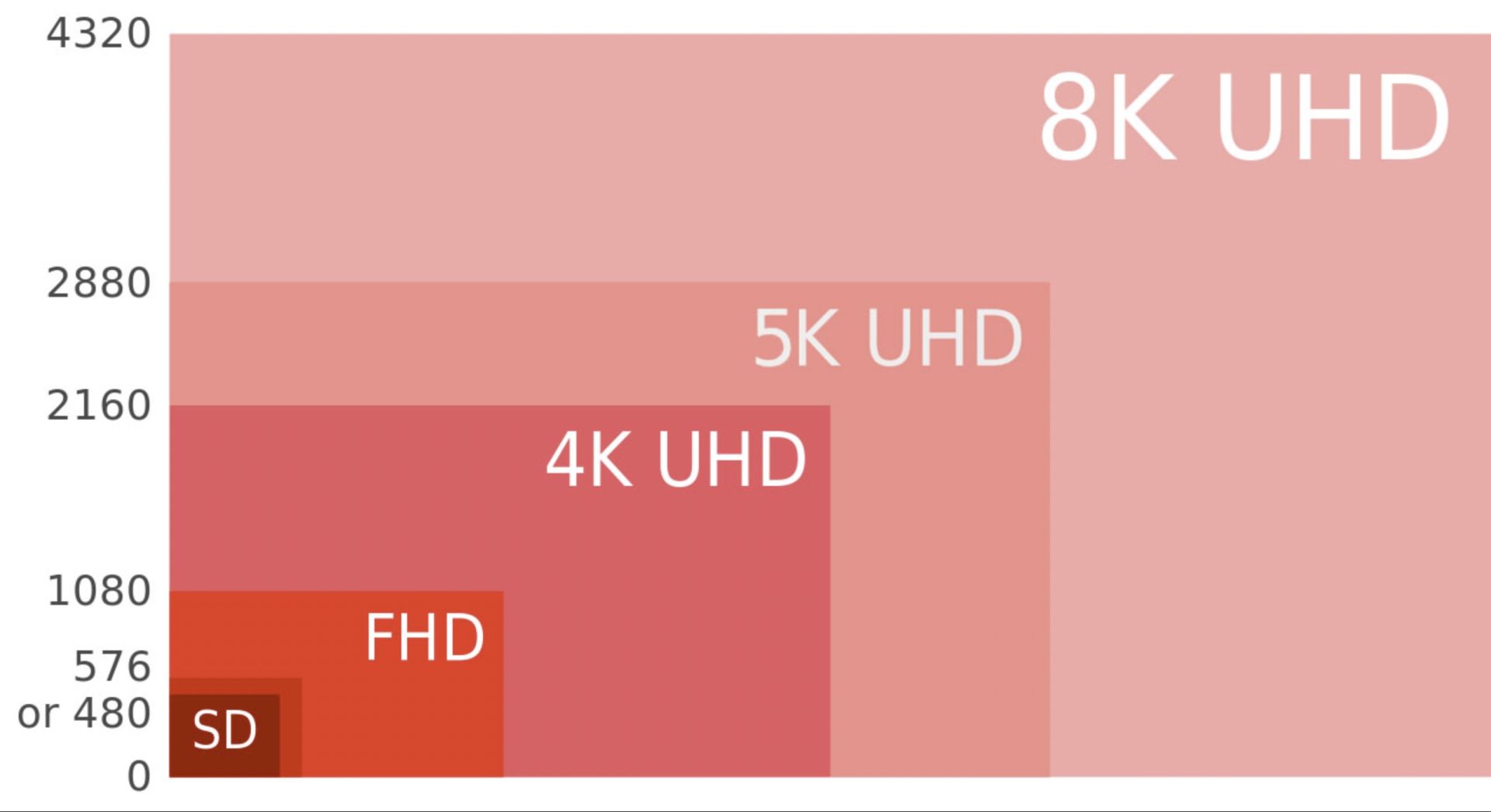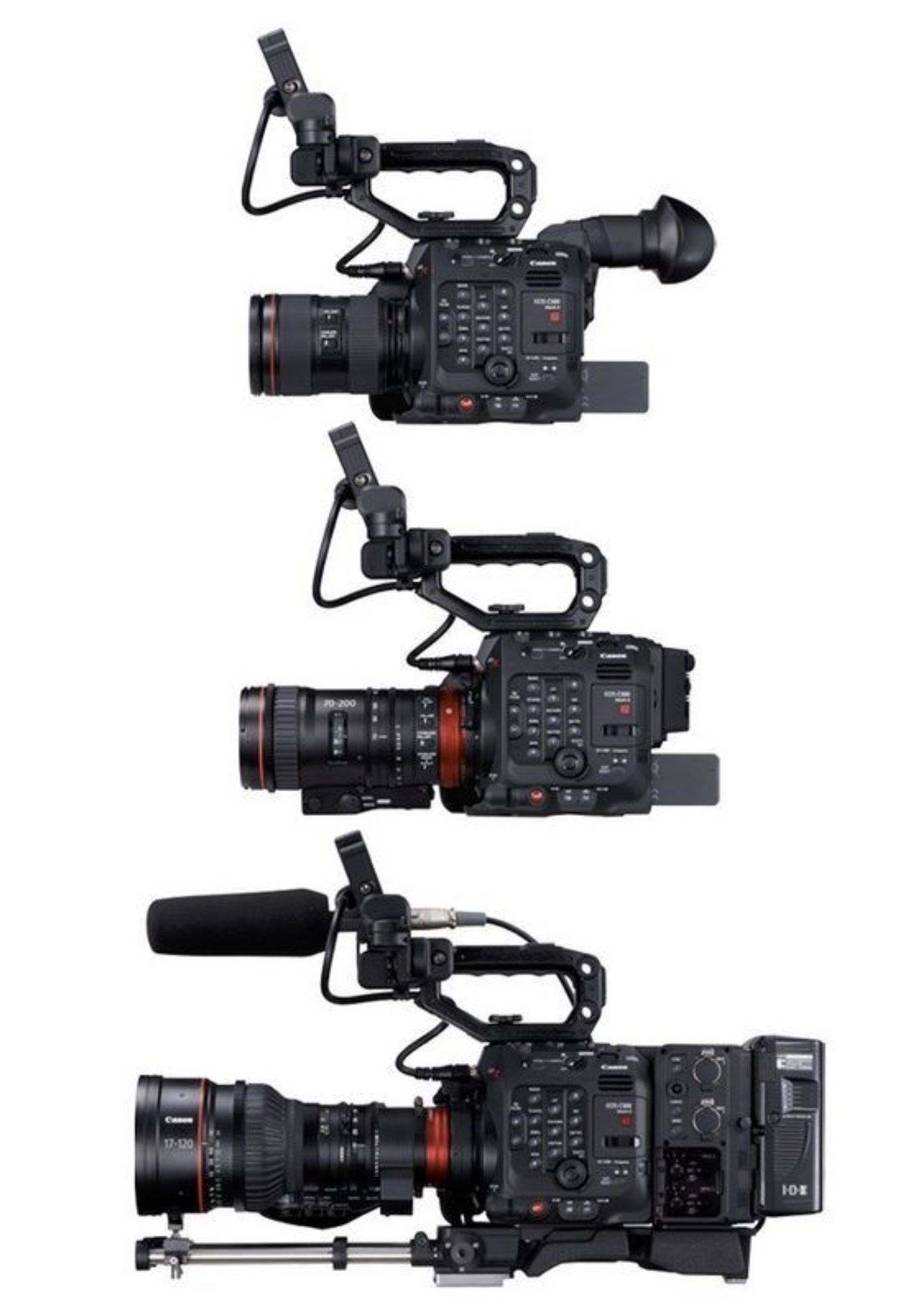Technology is always evolving, and cinema cameras are no different. Camera companies are pursuing new capabilities and features to, hopefully, improve the filmmaking experience.
Here we’re going to explore the three key technologies that are shaping new cinema cameras so you can make the right choice.
But not every change is good or necessary. And, with some of the features comes a higher price point.
Here we’re going to explore the three key technologies that are shaping new cinema cameras so you can make the right choice.
1. Resolution
This trend has been going on for the last eight years, with RED Cameras pursuing it for a long time. Blackmagic’s URSA range is also focusing on resolution.
Resolution has changed rapidly:
- 10 years ago: Everything shot in 1080 pixels and 2K
- 5 years ago: There was a 4K resolution, which is a 4-times increase in the size of the image. TVs caught up, and most are now 4K capable.
- Within the last 5 years: Cameras started going from 4K to 6K to 8K… why? Well, you want some ability to crop into your image. So, if you shoot it at a large size, you have the ability to crop in at a high resolution.
Sensors are getting bigger and better, but is it necessary? The reality is that most films are still being shot and watched in 1080px and 2K. The reason for this is simple—the human eye can’t really see the difference between 2K and 4K.
Companies rushed to increase resolution when there was a perceived demand for it. The demand, though, was mostly for “fake 4K,” or resolution that has been increased in post-production, rather than a true 4K file.
With gaming and VR, where the screen is close to your eye, you can tell the difference. 8K is valuable in this sense.
However, until TVs get a lot bigger, and we start sitting closer, 2K is likely to remain the standard.
Fun fact: I upload videos in 4K to my YouTube channel because the platform was pushing for 4K and helps boost visibility. Does it make a difference to the viewer? Probably not.

2. Dynamic Range
And companies are working hard to increase the dynamic range in their cinema cameras.
Is it worth it?
Like everything, there is diminishing returns. Each stop of dynamic range requires more computing power, which costs money (the ARRI Alexa 35 is around $80,000).
But, despite this high cost, the resolution is limited. The Alexa 35 is only 4K because there simply isn’t computing power to combine two 8K-images.
Key takeaway: High dynamic range is extremely useful—even more so than resolution—but you can always control for it. In most cases you can either bring in more light or adjust your shot based on the light.
High dynamic range is not automatically a good shot or good film. So, consider whether it’s worth it for the price.
This refers to the range of brightness that the camera can capture, from the brightest white to the darkest dark. More dynamic range means you get detail in those two extremes, and you don’t have to choose between crushing your darks or blowing out the whites.
And companies are working hard to increase the dynamic range in their cinema cameras.
The ARRI Alexa 35, for example, claims to have 17 stops of useable dynamic range. They do this by using multiple feeds to the same sensor and using computing power in the camera to combine the high and low range into an optimal image.
Is it worth it?
Like everything, there is diminishing returns. Each stop of dynamic range requires more computing power, which costs money (the ARRI Alexa 35 is around $80,000).
But, despite this high cost, the resolution is limited. The Alexa 35 is only 4K because there simply isn’t computing power to combine two 8K-images.
Key takeaway: High dynamic range is extremely useful—even more so than resolution—but you can always control for it. In most cases you can either bring in more light or adjust your shot based on the light.
High dynamic range is not automatically a good shot or good film. So, consider whether it’s worth it for the price.

3. Cost and Modularity
So, you can buy a cheaper SONY Venice 2 with a super 35 sensor in it but rent something different for the day if you need a specific sensor.
This modularity allows you to pick and choose what’s important. You can get it fully decked out for a big job, or have a smaller, stripped-down version for smaller jobs. You buy the core “brain” of the camera, but can rent other things you need, when you need it.
Key takeaway: Modular cameras allow filmmakers to have more flexibility based on what they need without investing in everything themselves. You can save some money while still getting the option to upgrade by temporarily renting equipment.
These three features are consistently showing up in new cameras from different companies.
Whether they’re worth it or not is only up to you, the filmmaker. But just remember: just because there’s a new feature, doesn’t mean it’s better. Take your time to learn and research what’s important to you.
And if you need some more advice, check out the full YouTube video on this topic, along with the others on my channel. I hope they help you reach your filmmaking goals!
This last trend is best captured by looking at the SONY Venice 2. It’s a modular camera where you can easily interchange the sensor or other components of the camera.
So, you can buy a cheaper SONY Venice 2 with a super 35 sensor in it but rent something different for the day if you need a specific sensor.
This modularity allows you to pick and choose what’s important. You can get it fully decked out for a big job, or have a smaller, stripped-down version for smaller jobs. You buy the core “brain” of the camera, but can rent other things you need, when you need it.
Key takeaway: Modular cameras allow filmmakers to have more flexibility based on what they need without investing in everything themselves. You can save some money while still getting the option to upgrade by temporarily renting equipment.
These three features are consistently showing up in new cameras from different companies.
What do you think of them?
Whether they’re worth it or not is only up to you, the filmmaker. But just remember: just because there’s a new feature, doesn’t mean it’s better. Take your time to learn and research what’s important to you.
And if you need some more advice, check out the full YouTube video on this topic, along with the others on my channel. I hope they help you reach your filmmaking goals!



